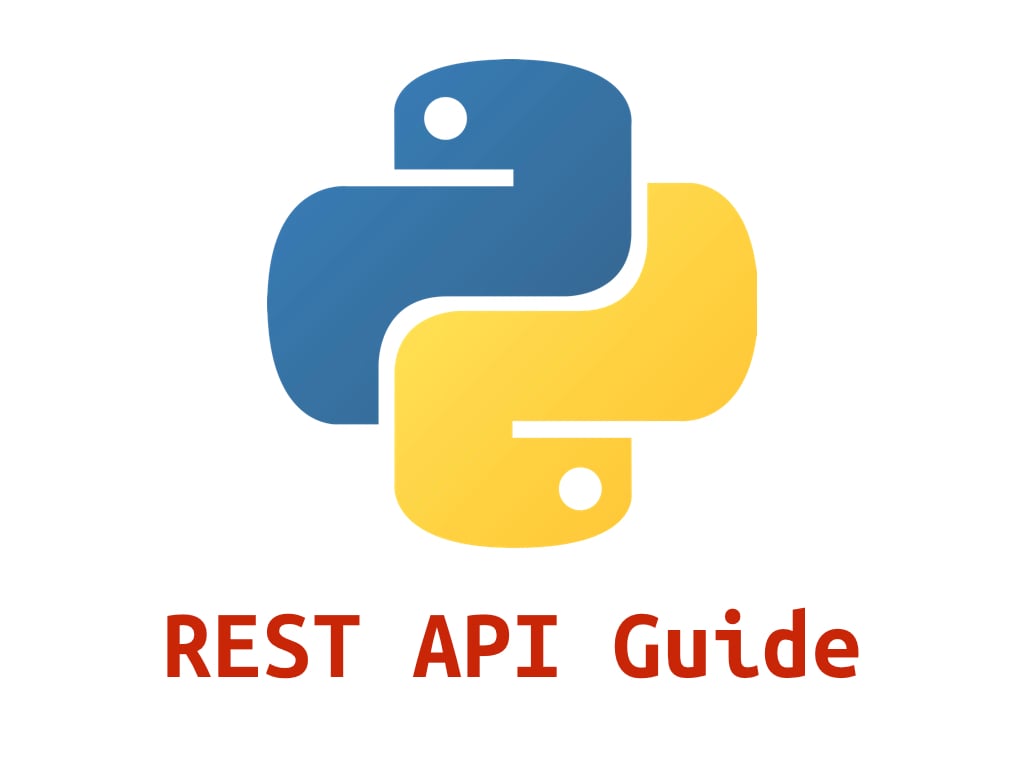Let’s set up a RESTful API with Django Tastypie.
Free Bonus: Click here to download a copy of the "REST API Examples" Guide and get a hands-on introduction to Python + REST API principles with actionable examples.
Updates:
- 07/10/2016: Upgraded to the latest versions of Python (v3.5.1), Django (v1.9.7), and django-tastypie (v13.3).
Project Setup
Either follow along below to create your sample Project or clone the repo from Github.
Create a new project directory, create and activate a virtualenv, install Django and the required dependencies:
$ mkdir django-tastypie-tutorial
$ cd django-tastypie-tutorial
$ pyvenv-3.5 env
$ source env/bin/activate
$ pip install Django==1.9.7
$ pip install django-tastypie==0.13.3
$ pip install defusedxml==0.4.1
$ pip install lxml==3.6.0
Create a basic Django Project and App:
$ django-admin.py startproject django19
$ cd django19
$ python manage.py startapp whatever
Make sure to add the app to your INSTALLED_APPS section in settings.py:
INSTALLED_APPS = [
'django.contrib.admin',
'django.contrib.auth',
'django.contrib.contenttypes',
'django.contrib.sessions',
'django.contrib.messages',
'django.contrib.staticfiles',
'whatever',
]
Add support for SQLite (or your RDBMS of choice) in settings.py:
DATABASES = {
'default': {
'ENGINE': 'django.db.backends.sqlite3',
'NAME': os.path.join(BASE_DIR, 'test.db'),
}
}
Update your models.py file:
from django.db import models
class Whatever(models.Model):
title = models.CharField(max_length=200)
body = models.TextField()
created_at = models.DateTimeField(auto_now_add=True)
def __str__(self):
return self.title
$ python manage.py makemigrations
Now migrate them:
$ python manage.py migrate --fake-initial
Note: The
fake-initialoptional argument is required if you have to troubleshoot the existing migrations. Omit if no migrations exist.
Fire up the Django Shell and populate the database:
$ python manage.py shell
>>> from whatever.models import Whatever
>>> w = Whatever(title="What Am I Good At?", body="What am I good at? What is my talent? What makes me stand out? These are the questions we ask ourselves over and over again and somehow can not seem to come up with the perfect answer. This is because we are blinded, we are blinded by our own bias on who we are and what we should be. But discovering the answers to these questions is crucial in branding yourself.")
>>> w.save()
>>> w = Whatever(title="Charting Best Practices: Proper Data Visualization", body="Charting data and determining business progress is an important part of measuring success. From recording financial statistics to webpage visitor tracking, finding the best practices for charting your data is vastly important for your company’s success. Here is a look at five charting best practices for optimal data visualization and analysis.")
>>> w.save()
>>> w = Whatever(title="Understand Your Support System Better With Sentiment Analysis", body="There’s more to evaluating success than monitoring your bottom line. While analyzing your support system on a macro level helps to ensure your costs are going down and earnings are rising, taking a micro approach to your business gives you a thorough appreciation of your business’ performance. Sentiment analysis helps you to clearly see whether your business practices are leading to higher customer satisfaction, or if you’re on the verge of running clients away.")
>>> w.save()
Exit the shell when done.
Tastypie Setup
Create a new file in your App called api.py.
from tastypie.resources import ModelResource
from tastypie.constants import ALL
from whatever.models import Whatever
class WhateverResource(ModelResource):
class Meta:
queryset = Whatever.objects.all()
resource_name = 'whatever'
filtering = {'title': ALL}
Update urls.py:
from django.conf.urls import url, include
from django.contrib import admin
from django19.api import WhateverResource
whatever_resource = WhateverResource()
urlpatterns = [
url(r'^admin/', admin.site.urls),
url(r'^api/', include(whatever_resource.urls)),
]
Fire Away!
- Fire up the server.
- Navigate to http://localhost:8000/api/whatever/?format=json to get the data in JSON format
- Navigate to http://localhost:8000/api/whatever/?format=xml to get the data in XML format
Remember the filter we put on the WhateverResource class?
filtering = {'title': ALL}
Well, we can filter the objects by title. Try out various keywords:
- http://localhost:8000/api/whatever/?format=json&title__contains=what
- http://localhost:8000/api/whatever/?format=json&title__contains=test
Simple, right!?!
Free Bonus: Click here to download a copy of the "REST API Examples" Guide and get a hands-on introduction to Python + REST API principles with actionable examples.
There is so much more that can configured with Tastypie. Check out the official docs for more info. Comment below if you have questions.
Again, you can download the code from the repo.


